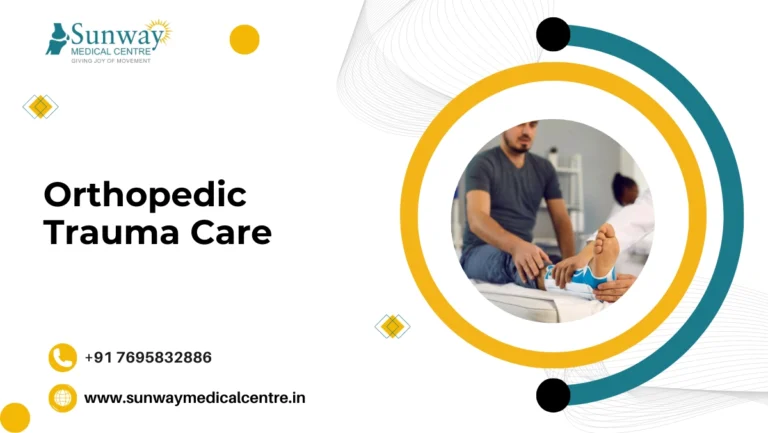Knee injuries can seriously mess with your daily flow walking, climbing stairs, even standing up can feel like a challenge. Knee ligament surgery is designed to fix or rebuild torn ligaments so your knee becomes stable, strong, and pain-free again. It’s a common solution for athletes or anyone dealing with severe knee instability. With proper care and rehab, you can get back to moving confidently whether it’s returning to sports or just enjoying a walk without discomfort.
About Knee Ligament Surgery?
If your knee keeps giving way or you’re constantly battling pain after an injury, it might be time to consider knee ligament surgery. This procedure can restore strength, stability, and motion to your joint so you can move without fear of another twist or buckle. People with complete ligament tears, recurring instability, or injuries from sports or accidents are often great candidates. Talking to an experienced orthopedic surgeon can help you find the right treatment plan for your unique situation.
Types of Knee Ligament Surgery
Every knee injury is unique that’s why the type of knee ligament surgery depends on which ligament is damaged and how severe it is.
1. Anterior Cruciate Ligament (ACL) Reconstruction
The ACL is the most commonly injured ligament, especially in sports. In knee ligament tear surgery, your surgeon replaces the torn ligament with a graft to restore balance and motion. A structured rehab plan plays a huge role in your knee ligament surgery recovery time, which typically lasts several months.
2. Posterior Cruciate Ligament (PCL) Repair
PCL injuries often happen due to direct trauma. Knee ligament damage surgery focuses on rebuilding or repairing the ligament to prevent future instability. Recovery includes strength training to support the knee and protect it from reinjury.
3. Medial & Lateral Collateral Ligament (MCL/LCL) Repair
When these side ligaments tear, the knee struggles with side-to-side stability. If therapy doesn’t help, knee ligament tear surgery is performed to repair or reconstruct the ligament.
4. Combined Ligament Surgeries
Sometimes, multiple ligaments are injured together this is where knee ligament damage surgery gets more complex. A careful plan ensures full restoration of strength and flexibility, though the knee ligament surgery recovery time may take longer.
Why You Might Need Knee Ligament Repair or Reconstruction
Knee ligaments are what keep your movements smooth and balanced. When they’re torn or overstretched, it leads to pain, swelling, and weakness. knee ligament tear surgery can repair or rebuild these damaged ligaments, helping you move freely and safely again.
Minor injuries may heal with rest and physiotherapy, but if your knee keeps “giving out,” surgery may be the best path to full recovery. Early treatment also prevents further joint damage.
Getting Ready for Surgery
Preparation sets you up for a smoother procedure and faster recovery.
- Pre-Surgery Care: Follow your surgeon’s advice about diet, lifestyle, and medications before your procedure.
- Medical Checkups: Expect blood tests, X-rays, or MRI scans to evaluate your injury.
- Medication Review: Some medicines, especially blood thinners, may need to be stopped temporarily.
- Health Checks: Dental or urinary evaluations may be suggested to reduce post-surgery infection risks.
Following these steps ensures your knee ligament surgery goes smoothly and your body is ready to heal.
Recovery and Rehabilitation
Recovery takes patience, but the results are worth it. Physical therapy helps you regain flexibility, strength, and stability. Everyone’s timeline is different, but most people return to normal activities within a few months after knee ligament tear surgery. Sticking to your doctor’s rehab plan is the secret to getting your mobility and confidence back faster.
Conclusion
A knee ligament injury doesn’t have to slow you down for life. With advanced techniques and expert care, knee ligament surgery helps you move with strength, stability, and zero hesitation. combines top-tier surgical skill with patient-focused care to ensure safe recovery and lasting results. If knee pain or instability is holding you back, it’s time to take the first step toward healing and get back to living pain-free and active.




